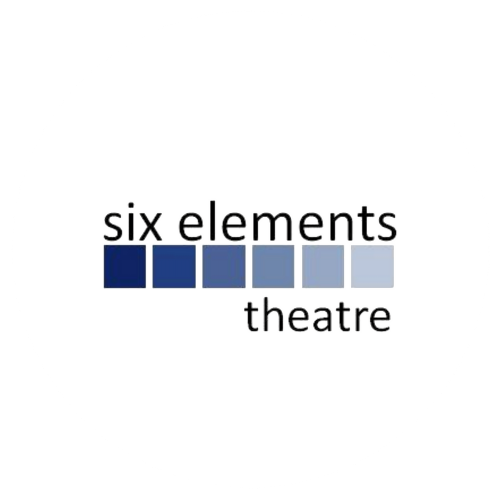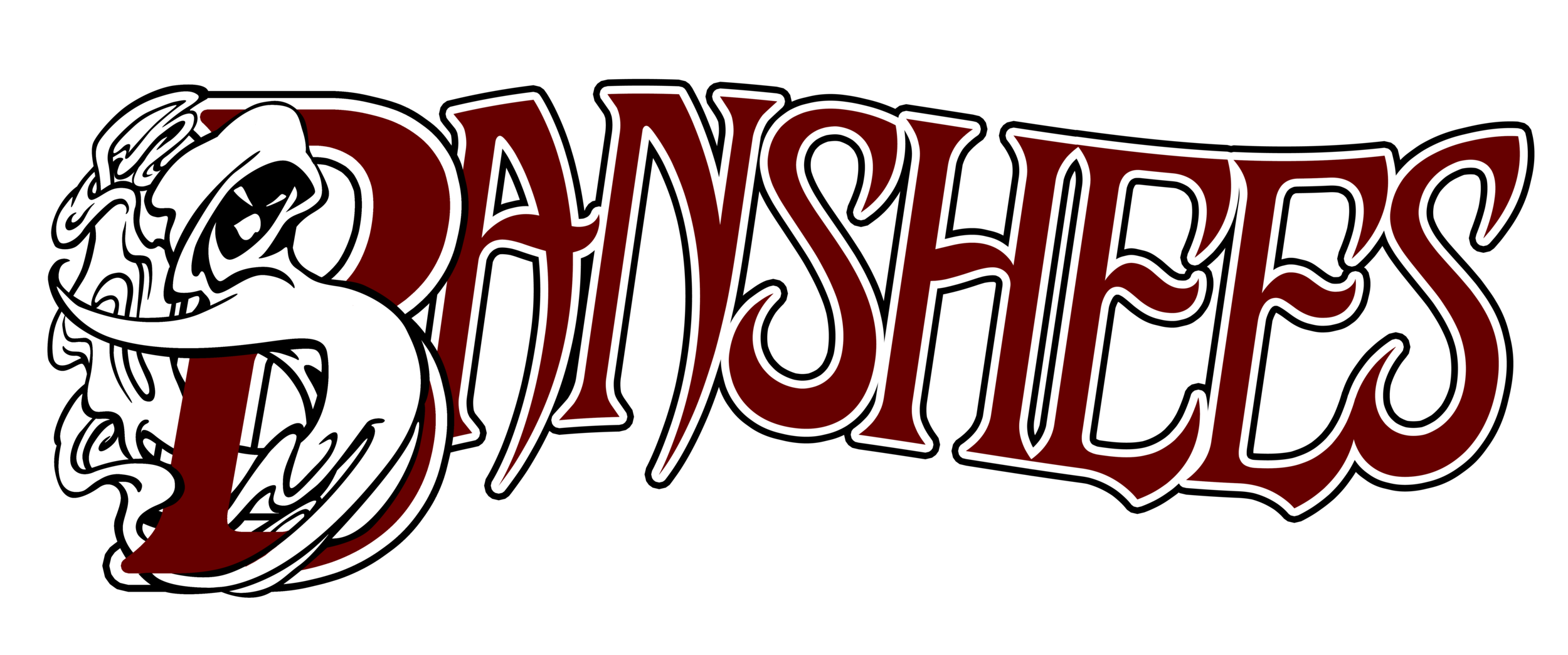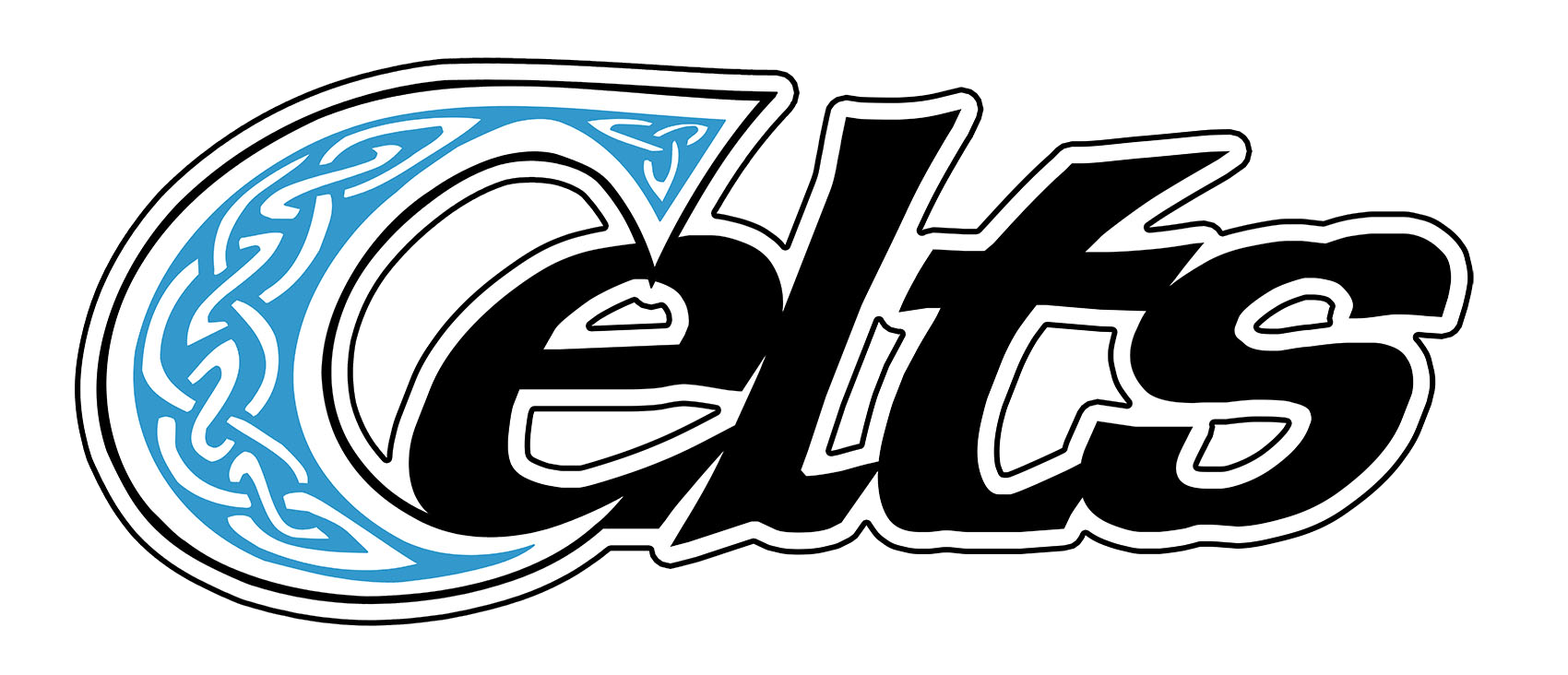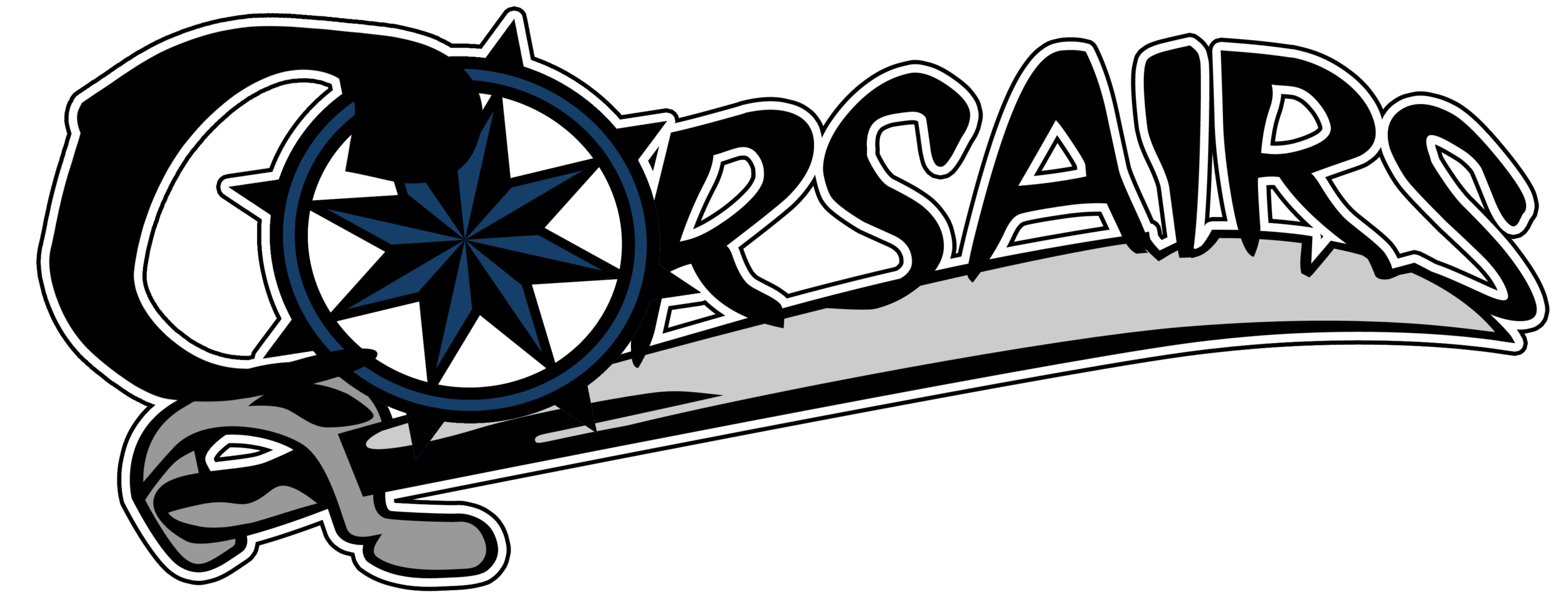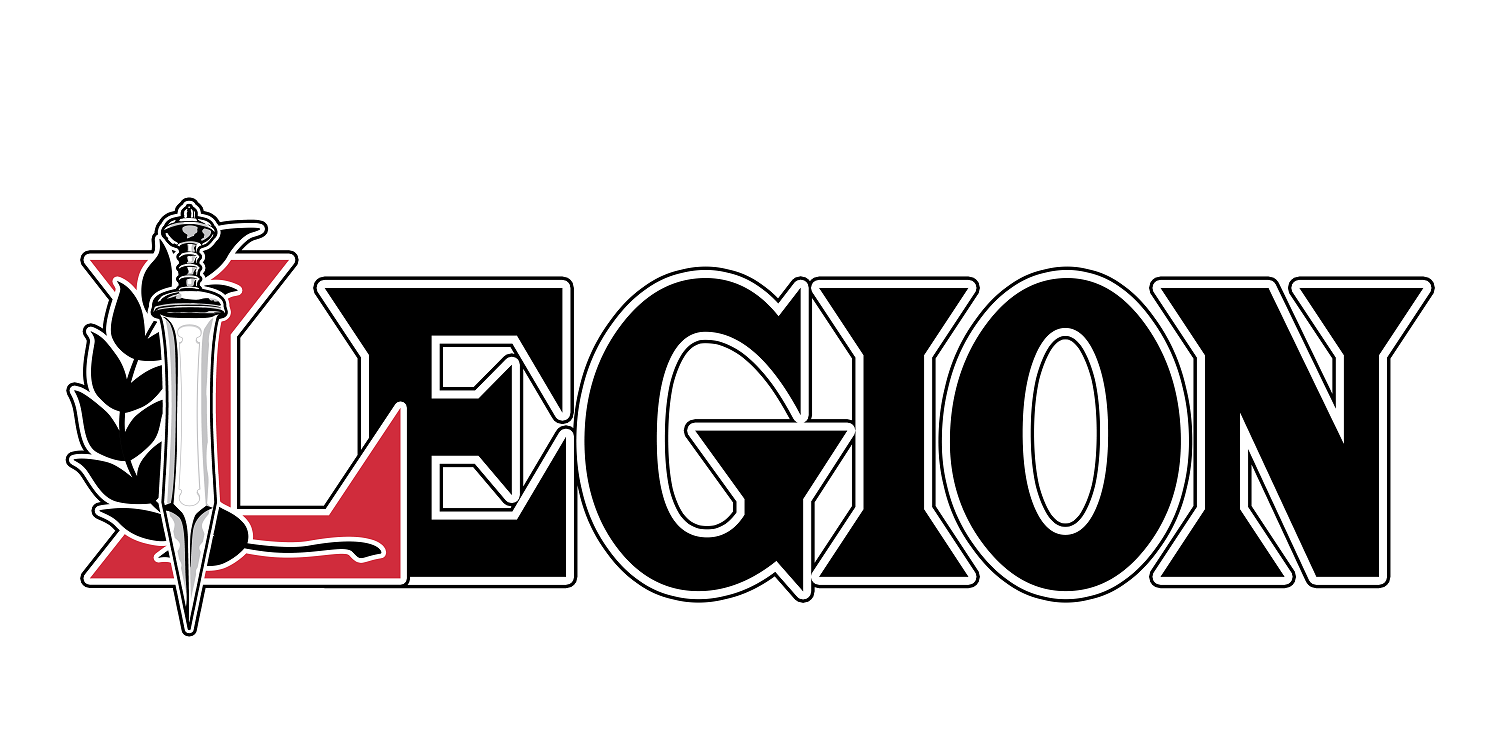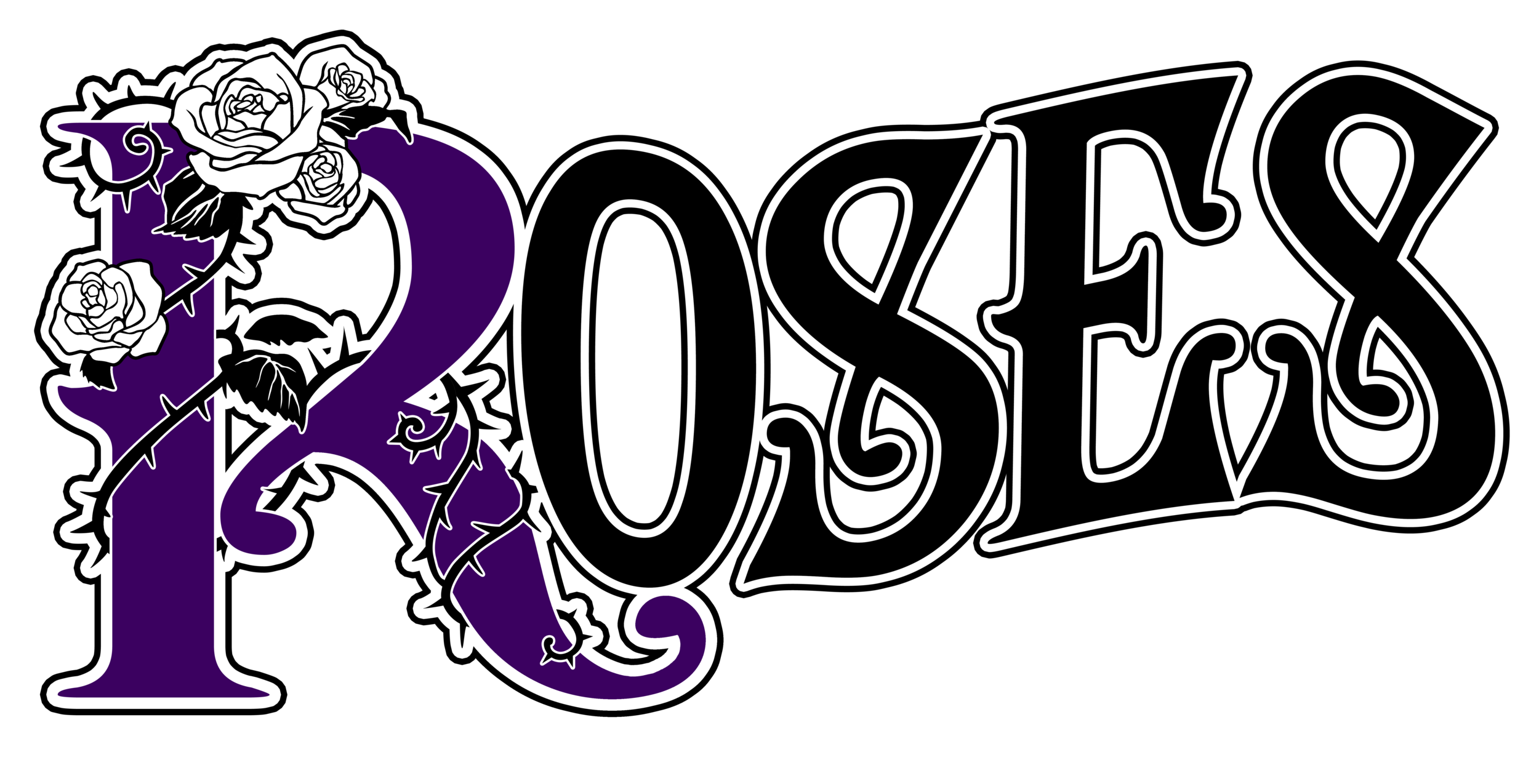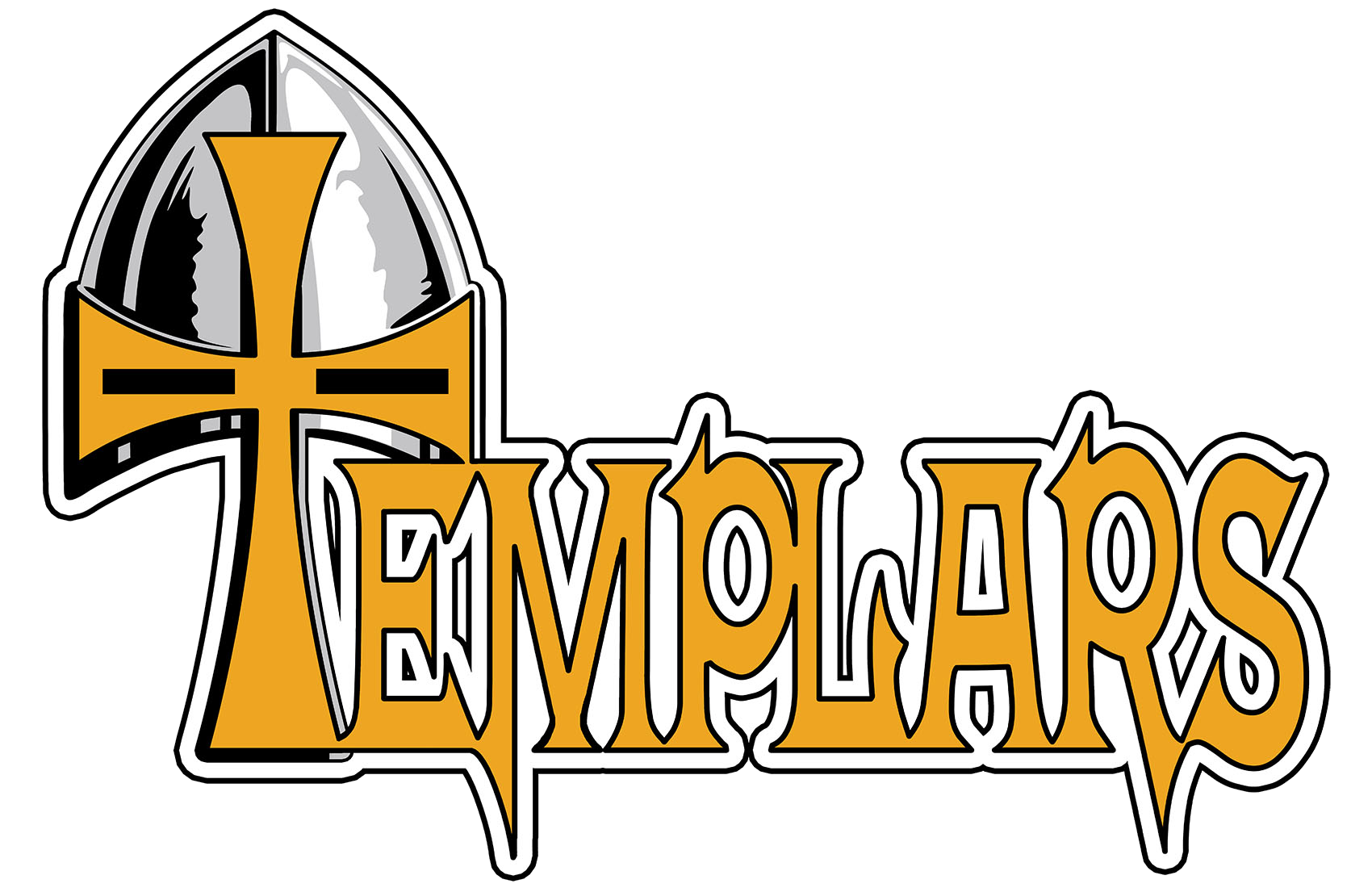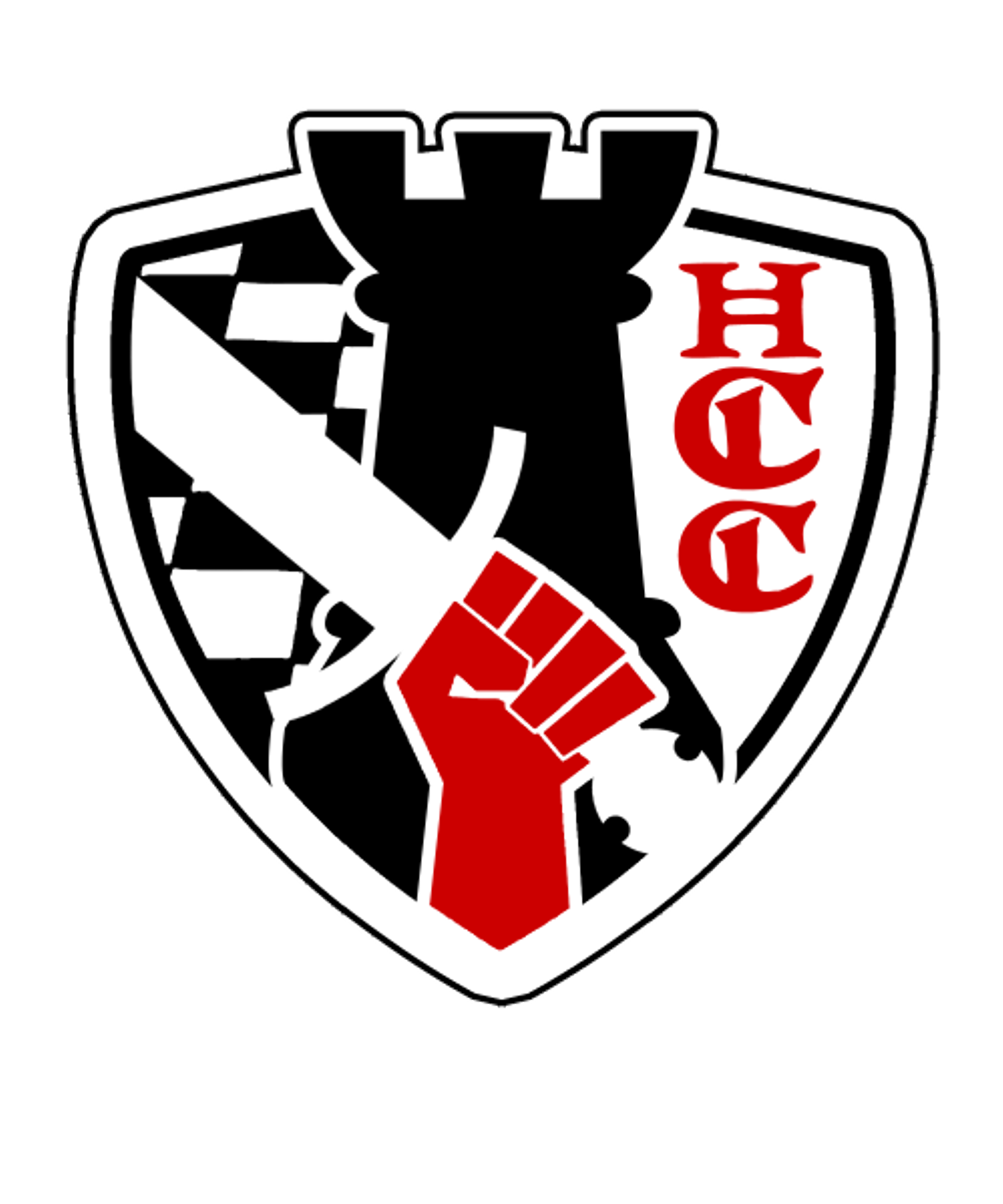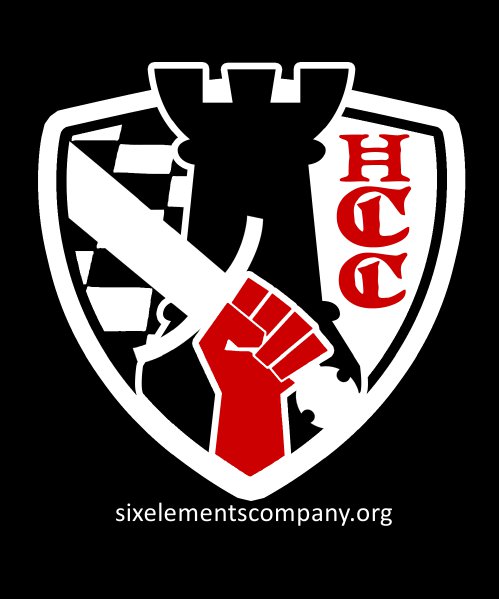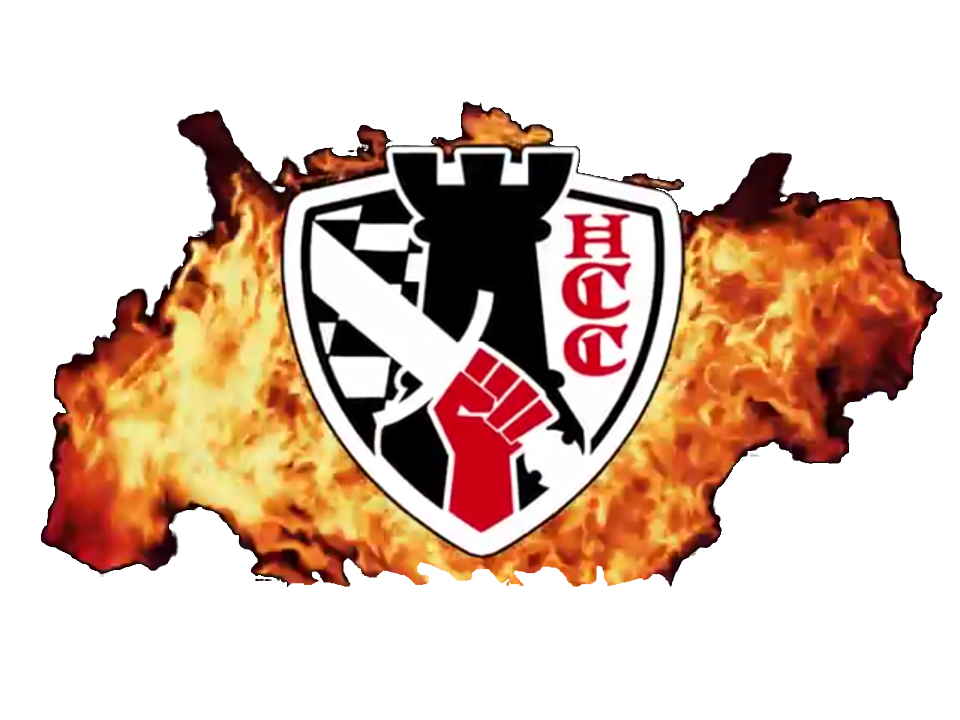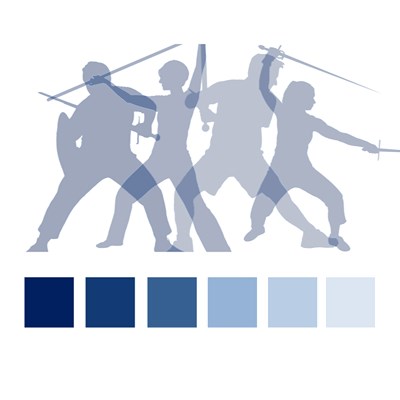While in quarantine for COVID, Six Elements Theatre Company created a project to support actors and artists while live performance spaces were closed. That project was a web series adaptation of Alexandre Dumas' The Count of Monte Cristo. In the fall of 2021, armed with an amazing cast and crew, greenscreen, studio space, lights, and a camera, we began filming.
Call for Submissions: The Count of Monte Cristo!
Big Changes Ahead for Human Combat Chess!
Hello Friends,
We know you’ve been anxiously waiting for more information about the future of Human Combat Chess, and it’s our pleasure to finally be able to start discussing what will be coming over the next year or so. Please remember that even with these changes, and those that will come in the future, our primary goal is to create a safe creative environment in as many ways as possible.
The largest change that is happening is something we’ve come to describe as “cell division”: Six Elements Theatre will no longer be producing Human Combat Chess. The show will continue on with a new production company rising to focus exclusively on the show and the continued developments of the world of Combat Chess. We want to make it very clear that this decision was made in order to allow both Six Elements and Human Combat Chess to reach their full potentials, and was not caused by any sort of internal conflict. Several members of the Chess production team are members of Six Elements, and more may continue to be involved in the show as it progresses.
That change will take at least the next year to complete, however, as Six Elements will be acting as a financial sponsor for this coming year’s production. This was made possible through a grant from the Metropolitan Regional Arts Council (MRAC) specifically for Human Combat Chess, which will give us access to the funds we need to properly launch the next era of the show.
That new era will launch with what will undoubtedly be the most ambitious production we have pursued to date, and it will be combined with a change in our branding to create a platform that we can continue building on for years to come. This is an exciting time to be a part of this project and the community that surrounds it, and more information will be coming soon. We’re happy to answer any questions that you may have, but please understand if the answer we can give for now is “More to come later” (and soon).
Until next time, Control Your Center!
Johanna Gorman-Baer
Darwin Hull
Mike Lubke
Chris Marchand
Nathaniel Nesheim-Case
The Morrigan
As we set about devising The Hound of Chulainn, we realized that our tale of daring heroes and fated prophecy needed to invoke something bigger than the deeds of mortals. Our heroes and their deeds are ever-weighed by an ancient Celtic deity of strife and destiny: The Morrigan, triple goddess of Death, War, and Fate.
“Oh Morrigan, we hail to you, and ask that you carry us with care to the Eternal Lands.”
"I Have Many Names"
The Morrigan, worshipped, loved, and feared by many, is known as The Great Queen, The Raven Queen, The Phantom Queen, Queen of Demons, & The Lady of the Lake to name a scant few.
She is a triune goddess, inhabiting three main aspects, each with her own personality and her own function in Celtic lore;
Macha, meaning raven, represents the wisdom of leadership & protective sovereignty. She is the logical mind whereas Badb, meaning vulture or venomous, is her wrathful side. The legend of the banshee, the harbinger of death, is often associated with Badb. While Nemain, meaning frenzy or fury, is the primal wrath of conflict and war. In true Celtic tradition she also inhabits the traditional forms of Maiden, Mother, & Crone.
“I am the crown that arises from the clash of kings.”
She is said to hover over the battlefields as a raven or hooded crow, and is said to influence the outcome of the fray. She presides over rivers, lakes and fresh water, and is the patroness of revenge, night, magic, prophecy, priestesses and witches.
She is not to be underestimated or ever forgotten.
Her role in Celtic legend is similar to that of the Valkyries in Norse folklore, featured in our last devised piece Valhalla, Tales from the Hall of Heroes, both using magic to cast fetters on warriors & deciding who would live and who would die.
She also appears in the guise of the "Washer at the Ford," were she would be washing the clothes of men about to die in battle. To see her in this form was an omen of death.
A great Goddess of Strife and Fertility, modern Pagans view the role of the Morrigan in a somewhat different light from that of the Ancient Celts, but she remains an appropriate deity for strong and independent individuals. Many followers of the Morrigan erect a permanent shrine in her honor, often using the feather of a crow or raven, or even a piece of red cloth to symbolize the Washer at the Ford.
The Morrigan holds a deep and intense place in the hearts of many. I myself am one of those many and I am so delighted to be a part of sharing some of her stories. Come meet her with us as Six Elements Theatre presents The Hound of Chulainn.
Tess Kean
Company Member
Creating An Original Soundscape
During the devising process for the Hound of Chulainn, I had the opportunity to observe the ensemble as they created new music (basically out of thin air). While I love music and have played around with some composing of my own, I’ve never tried to create something with a dozen people. Guiding the group was the musical director, Johanna Gorman-Baer. During previous devising days, she had been teaching the ensemble traditional songs to foster a sense of what music from the time period and region would sound like, so that when the ensemble reached this point, they would have a foundation upon which to build new pieces.
“What does he sound like? Is he a note or a percussive element?”
I’ll admit to being somewhat surprised that the first step of this work was talking about the base elements, emotions and impressions that they wanted to convey. While this made perfect sense, it still shocked me that I’d never considered how integral this would be. Johanna picked the scene that they would be focusing on, and then the ensemble started discussing the underlying feeling of the scene as a whole. After deciding on that, one person started with a note and a tone and then others joined in to build upon it. After a few moments, they paused to discuss whether that felt right and what might need to be added, removed, or changed to get to an accurate depiction. As the ensemble talked, it was sometimes in named emotions, sometimes in a sense of environment, and sometimes in other musical notes and phrases that conveyed thoughts or feelings that were easier to articulate without words.
“We don’t need to stick to the routine for the sake of routine”
After the base layer was down and agreed upon, the ensemble went to work adding other elements. Using questions such as “What does he sound like? Is he a note, or a percussive element?”, they forged on to make a human soundscape in a way that I’ve never experienced before. And, then, before I knew it, they were done. I was impressed by my ability to feel what they thought a scene should be through music before digging into what needed to be said and physically done to tell this story. I can only imagine that having that and creating it together made a big impact on creating the scene later in the process. They already had a common emotional blueprint to guide them.
I honestly have no idea whether that piece of music will make it into the final production of The Hound of Chulainn, but I’m glad that I got to observe the process and get a new perspective on ways to approach the rehearsal process. From time to time as a theatre artist, I’m reminded that the ways in which we have been taught to approach rehearsals are not set in stone, and I’m always glad for that reminder. Rehearsal doesn’t have to be tablework, blocking, scene work, tech. There is room for additional forms of work and communication – ways to create and foster something different than the status quo. We don’t need to stick to the routine for the sake of routine – we should always feel free to add, remove, and change the order of how we work if it will benefit the specific production we are working on.
